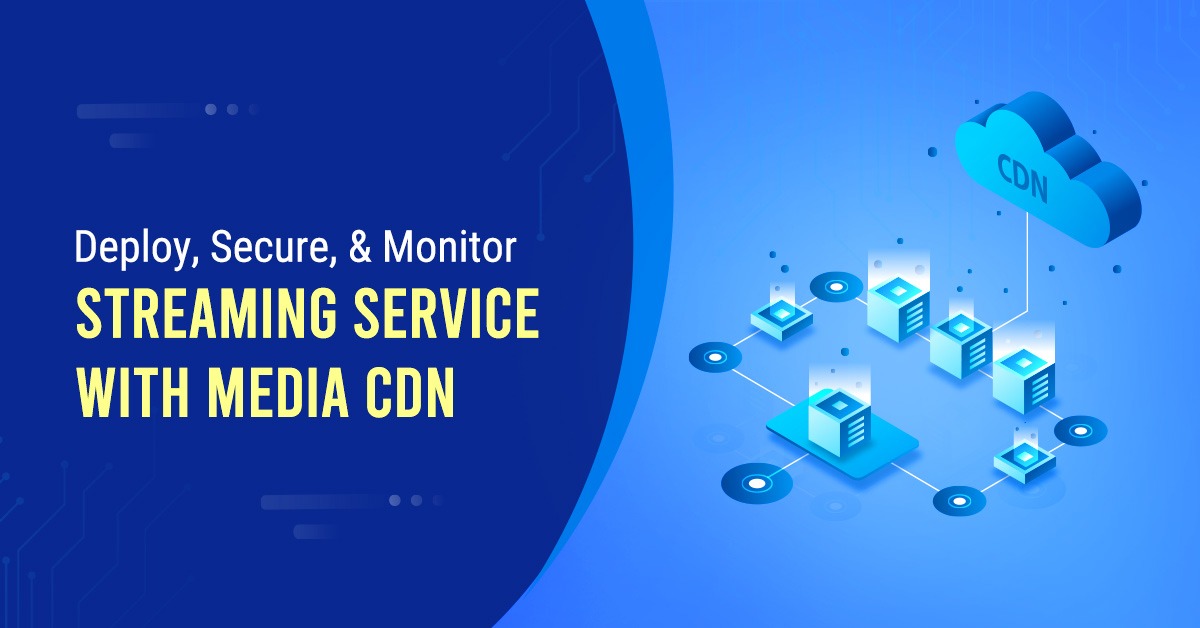
‘Distributed Denial of Services‘ or DDoS is a powerful weapon in the digitized world. The term DDOS attack itself denotes that the hackers have crashed the website down by flooding in traffic from numerous sources. In technical terms it is a cyber-attack on a specific server with an intended purpose to disrupt that server’s normal functioning. The attack sends a constant flood of fraudulent requests which overwhelms the server causing disruption or ‘denial of service’ to legitimate users.
Let’s understand this with an example.
Say, there is a web server that belongs to an eCommerce company that caters to thousands of customers every second. We know their customers are browsing the products and availing the services real time. Now let’s just say, the attacker is going to attack the server for a reason like they don’t like the company or the owners. The attacker will use his system to attack the server of the company by sending fraudulent data traffic to disrupt the operation. This is called a DOS attack but not DDOS attack. The DOS attack is one that is coming from just one source, while a DDOS attack comes from multiple sources.
In a normal scenario, a server is able to handle attacks from DOS but it is difficult to handle a DDOS attack. It is easier to pinpoint a single source and close the connection. In short, a DOS attack is not really a problem. The problem is when the attack is from multiple sources simultaneously.
Today many websites and online services are under the DDOS attack and owners aren’t aware of the solutions. According to the DDOS Trend and Analysis Report, the DDOS attack increased to 35% in 2017. The hackers use the traffic congestion which the website cannot accommodate. Moreover, the threatening given to victims and low-level attacks is common in DDOS attacks. They insert multiple malware into the computers to target a single system.
DDOS attack occurs in 3 layers –
- Network Layer: This layer includes ICMP requests and Ping on Death requests by the hacker into a large web server.
- Transport Layer: The hacker uses a false IP address to request a connection into the web server.
- Application Layer: In this type of DDoS attack, the hacker avoids showing itself as an authentic user. The hacker sends numerous requests by HTTP.
Types of DDOS Attack
- Volume Based: The volume-based targets multiple websites and servers, with the traffic congestion, causing a crash in the website or server. The bits – per second are used to measure the volume-based attacks. The volume-based Distributed Denial of Services is targeted to gather multiple information or bandwidth on the attacked website. These include packet spoofing and ICMP and UDP.
- Application Layer Attack: Application layer attack is a slow process of attacking the server by sending multiple requests to the owner. This type of DDOS attack primarily targets the web server by sending malicious requests. In the OSI model, they target the top layer. The enormity is measured by requests per second.
- Network Layer Attack: Protocol or Network layer attack targets the network connections of the server. This type of DDOS attack aims to control infrastructure management tools. SYN floods and SSmurf DDOS are some of its examples. They measure the enormity by packets per second.
Popular Types Of Distributed Denial Services
- UDP Floods – The primary source of the target is the User Datagram Protocol packets. The goal to target the random communication endpoints on the remote host. The host’s application is unavailable, and the club reply is available with an ICMP ‘Destination Unreachable’ package. The resources become inaccessible for the owner or host.
- ICMP Floods – This type of distributed denial of service targets the resource by ICMP Echo requests packages. The packets or the IP network’s control information is sent to the hacker with no communication to the host. They respond to the ICMP Echo requests to quickly with the slowdown of the network. Therefore, the host cannot retrieve any information about the inaccessibility of the packets.
- SYN Floods – This type of DDOS attack affects the TCP connection wherein a request to the host is sent for a TCP sequence. The SYN-ACK response usually answers these requests. The requests are further answered by the owner or host who awaits the response, but the ultimate result is the denial of services to the host. The use of IP spoofing is common in this type of DDOS attack.
- Slowloris – This type of denial of service is a highly targeted attack that affects the web server of two or more machines. A web-based server can gather multiple information on another web-based server, causing no effect on the outside ports and server. This type of DDOS attack maximizes the use of concurrent connections which are all false. There is a minimum withdrawal of the data.
How to Prevent DDOS Attack? Note DDOS attack prevention tips –
- DDOS Attack Recognition: The firm running its web servers should be familiar with its network traffic. Identify the increase in the number of visitors to the server. Seek help, Cyber security knows about the firm’s IP address which helps to retrieve data in some cases. The firms should use an Internet Service Provider (ISP) in case of any DDOS attack. The ISP ensures cyber security by using black holes to verify the legitimate and illegitimate web server users. The use of black holes allows null routing by directing the traffic congestion towards it.
- Overflow of Bandwidth: It should increase the frequency of bandwidth for the web-server to avoid any Distributed Denial of Service attack. The use of this method can adjust the overflow of the surges. The overflow of the surges might be due to the advertisement bandwagon. The mention of the company in social media can promote an increase in the surges. However, the increase in the bandwidth’s frequency ensures cyber security to some extent. The firewalls and routers ensure cyber security with the rejection of the overflowing increase in traffic. Application front-end hardware provides data security. The application front-end hardware is incorporated into the server before the traffic reaches the server.
- Make use of Data Processing Network: The routers use can make sure about cyber security, which is the feature of the Al programs. The malicious traffic is identified before it reaches the firm’s computers. These features of the Al program help to safeguard against the DDOS indicative patterns. These patterns are recognized by the Al programs it enters the web traffic. The limitations on the router should be set along with the filters added to it. The filters added to the routers help in the identification of the source of the attack. The spoofing of the packages can be a good help to ensure cyber security.
- Take Internet Security Measures: The DDoS prevention tips need to be taken with numerous consumers available on the web-server. The computers with the web servers need to be securely protected to identify the bogus traffic. The Distributed Denial of Service mitigation services can be used to ensure cyber security and might cost some amount, but they render good services. The use of IOT devices is an essential part of DDoS prevention tips. Block Lotus is used for cyber security while reducing the latency of the users. The DDoS prevention tips include creating the DDoS playbook that detects the attack simultaneously giving a response. This response is planned and communicate to the customers the problem.
Conclusion –
The DDOS attack is primarily planned with the purpose of profit maximization by using a firm’s data. However, DDOS prevention tips need to be taken into consideration to retrieve the data. These prevention tips are keeping the web-server secured.





